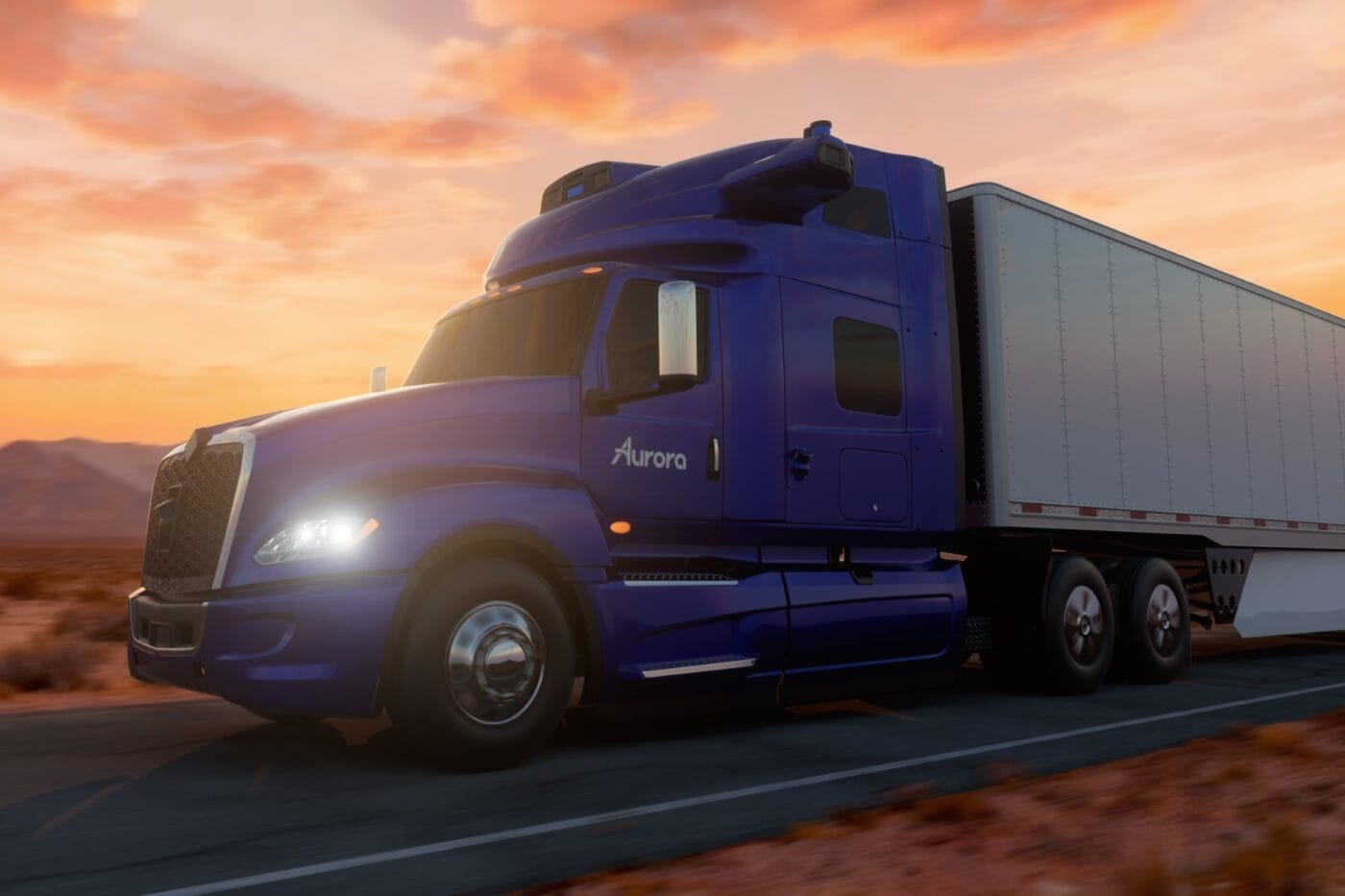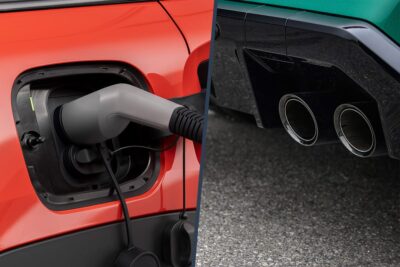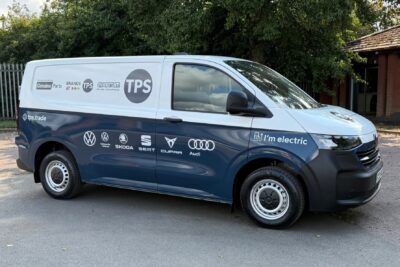Aurora extends driverless freight network to El Paso
The US-based autonomous driving technology company has expanded its commercial freight network with a new 600-mile (965-kilometre) driverless route linking Fort Worth and El Paso in Texas. The corridor follows the company’s initial Dallas–Houston route, introduced earlier this year.
The milestone comes as Aurora has exceeded 100,000 driverless miles (160,000 kilometres) on public roads. The company currently operates five autonomous trucks without human drivers, maintaining what it reports as a perfect safety and on-time delivery record. Customers using the new El Paso route include Hirschbach Motor Lines, Russell Transport and other logistics providers seeking round-the-clock, long-distance operations.
“Six months out from launch, we’re achieving more industry-firsts, expanding quickly, and paving the way to deploy hundreds of trucks next year,” said Chris Urmson, co-founder and CEO at Aurora. “Expanding to El Paso, notching over 100,000 driverless miles, and integrating our new hardware with multiple truck platforms extends our strong lead.”
Next-generation hardware halves system costs
Aurora also unveiled its next-generation hardware, which it says will halve overall costs while improving performance and durability. The new platform includes an upgraded FirstLight Lidar sensor with a detection range of up to 1,000 metres—twice that of the current generation—and enhanced all-weather operation through automated sensor cleaning. Components are manufactured by Fabrinet, with a scalable hardware system co-developed with AUMOVIO (formerly Continental) due to follow in 2027.
The Pittsburgh-based company, founded in 2017, claims to be the first ever to operate a commercial service with heavy, self-driving trucks on public roads. This is made possible by the ‘Aurora Driver’, an SAE Level 4 driver assistance system that “is first being deployed in long-haul trucking.” The system consists of a powerful computer and sensors that can see beyond the length of four football pitches.
Preparing for large-scale driverless deployment
To explain, Level 4 is also referred to as “fully automated driving” on the scale of automated driving, which ranges from one to five. This means that the vehicle can complete journeys on certain routes completely independently and can also drive without occupants. At Level 4, the system recognises its limits in good time so that it can reach a ‘safe state’ in accordance with the rules, for example by driving to a car park. The only difference to fully autonomous driving is that the vehicles are limited to certain routes. At Level 5, vehicles must be able to cope with all traffic situations regardless of location.
The company states that it plans “to deploy hundreds of driverless trucks with its next-generation Aurora Driver hardware in 2026, fortifying a clear path to meet strong customer demand.” The new hardware is being integrated across several truck platforms, including the Volvo VNL Autonomous, assembled at Volvo’s New River Valley facility, and the International LT Series Class 8 trucks, built at Aurora’s Pittsburgh sites.
“By manufacturing trucks purpose-built for autonomy, we’re moving beyond prototypes and creating scalable solutions that are ready to meet the demands of a modern supply chain,” said Nils Jaeger, President of Volvo Autonomous Solutions.
Aurora intends to expand its driverless operations further in 2026, with a goal to haul freight without a safety observer from the second quarter onwards. Testing of the International LT Series fleet is already under way.





2 Comments